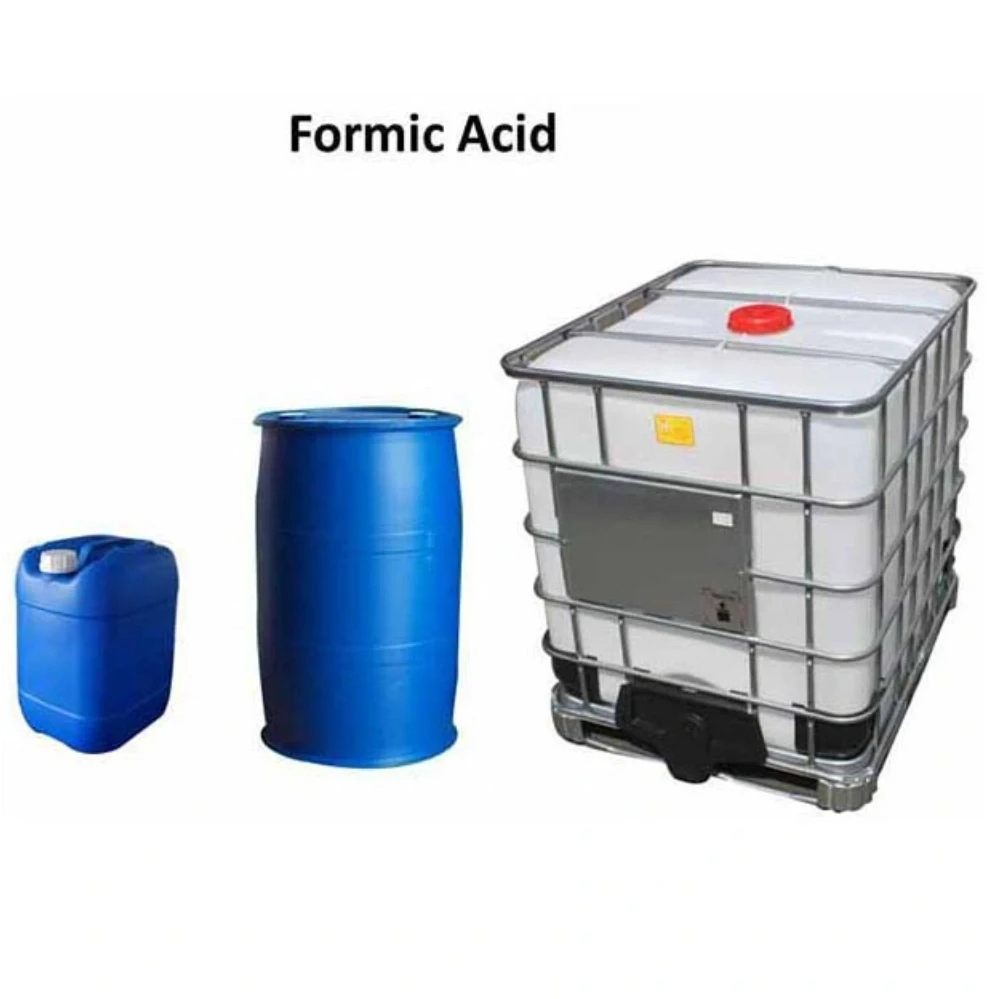



Exploring the Chemical Composition and Uses of Saltpeter in Industry and Agriculture
The Chemical Formula of Saltpeter
Saltpeter, commonly known as potassium nitrate, is a substance that has been utilized for centuries in various applications ranging from fertilizers to food preservation and even in the production of explosives. Its chemical formula is KNO₃, which signifies that it contains one potassium (K) atom, one nitrogen (N) atom, and three oxygen (O) atoms. Understanding the significance and properties of this compound can give us insights into both its historical context and its modern applications.
Historical Background
The history of saltpeter dates back to ancient civilizations. It was used by the Egyptians in the production of glass and by the Chinese in fireworks. However, its most famous application emerged in the context of gunpowder. When combined with sulfur and charcoal, potassium nitrate serves as an oxidizer, facilitating the combustion process necessary for explosives. This triad formed the basis of gunpowder and revolutionized warfare.
As the demand for saltpeter increased, various methods of production were developed. In the 19th century, the extraction of potassium nitrate from natural sources, such as the soils of certain regions in South America and from the ashes of plant matter, became common practice. Today, however, potassium nitrate is predominantly synthesized chemically, making its production more controlled and efficient.
Chemical Structure and Properties
The chemical formula KNO₃ reflects the composition and structure of potassium nitrate. The potassium atom, carrying a positive charge, is ionically bonded to the nitrate ion, which is a polyatomic ion made up of one nitrogen atom covalently bonded to three oxygen atoms. This bond creates a stable compound, which is highly soluble in water.
Potassium nitrate exhibits several interesting chemical properties. It has a melting point of around 334 °C (633 °F), and when heated, it decomposes into potassium nitrite (KNO₂), nitrogen dioxide (NO₂), and oxygen (O₂). This decomposition reaction emphasizes its role as an oxidizing agent. In agricultural applications, potassium nitrate is valued for its ability to supply plants with essential nutrients, particularly nitrogen and potassium, which support growth and development.
saltpeter chemical formula

Applications
Potassium nitrate's versatility allows it to serve various industries. In agriculture, it is widely used as a fertilizer. The balance of potassium and nitrogen promotes healthy root development, enhances fruit quality, and increases crop yields. It is particularly beneficial for vegetables and fruits, making it an essential component of modern agriculture.
Besides its agricultural uses, KNO₃ is also employed in food preservation. Historically, it was used in curing meats, where it acted to inhibit the growth of harmful bacteria, thus prolonging the shelf life of food products. Today, its usage in food is regulated, but it still plays a role in the production of certain cured meats.
In the realm of pyrotechnics, potassium nitrate is a key ingredient in fireworks due to its oxidizing properties, enabling spectacular displays of color and light. The controlled combustion of KNO₃ allows for the production of various effects in different types of fireworks.
Environmental Considerations
While potassium nitrate serves many beneficial purposes, it is not without its environmental concerns. Overuse of fertilizers containing KNO₃ can lead to nutrient runoff into waterways, resulting in eutrophication and detrimental effects on aquatic ecosystems. Therefore, sustainable practices in its application are crucial for minimizing environmental impact.
Conclusion
In conclusion, the chemical formula KNO₃ encapsulates the significance of potassium nitrate in various sectors. Its historical importance, combined with its diverse applications in agriculture, food preservation, and pyrotechnics, demonstrates its multifaceted role in society. Nevertheless, careful management and application of this compound are essential to mitigate its environmental impact, ensuring that potassium nitrate remains a valuable resource for generations to come. As we continue to explore and innovate in the use of chemical compounds, understanding saltpeter's chemical formula and its implications will remain critical in balancing human advancement with environmental stewardship.
-
Why Sodium Persulfate Is Everywhere NowNewsJul.07,2025
-
Why Polyacrylamide Is in High DemandNewsJul.07,2025
-
Understanding Paint Chemicals and Their ApplicationsNewsJul.07,2025
-
Smart Use Of Mining ChemicalsNewsJul.07,2025
-
Practical Uses of Potassium MonopersulfateNewsJul.07,2025
-
Agrochemicals In Real FarmingNewsJul.07,2025
-
Sodium Chlorite Hot UsesNewsJul.01,2025










